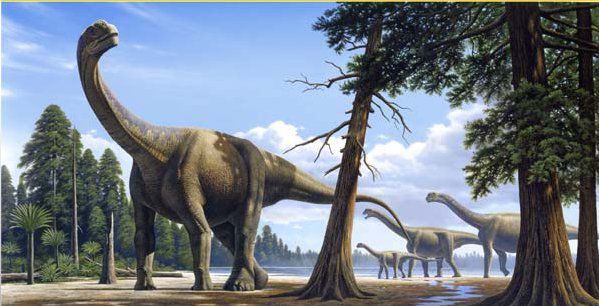-
 Tunguska
Tunguska
-
 Granulopenia
Granulopenia
-
 Chlordecone
Chlordecone
-
 Chromatin
Chromatin
-
 Precession constant
Precession constant
-
 Glutamine
Glutamine
-
 Random number
Random number
-
 Ordovician
Ordovician
-
 Multiprocessing
Multiprocessing
-
 Isotropy
Isotropy
-
 SGML
SGML
-
 Functional isomers
Functional isomers
-
 Endorphins
Endorphins
-
 Endocrine disruptor
Endocrine disruptor
-
 Tulip tree
Tulip tree
-
 Circumcision
Circumcision
-
 Tempo
Tempo
-
 Moonquake
Moonquake
-
 XML
XML
-
 Sclerenchyma
Sclerenchyma
-
 Fermion
Fermion
-
 Primate
Primate
-
 Muon neutrino
Muon neutrino
-
 Gravity Probe B
Gravity Probe B
-
 Micro-robotics
Micro-robotics
-
 Reflected light
Reflected light
-
 Evaporitic
Evaporitic
-
 Gangue
Gangue
-
 Jilin petrochemical plant disaster
Jilin petrochemical plant disaster
-
 Hadron
Hadron
Biotic crisis
A biotic crisis is a period of rapid and mass extinction of species. Thus, it must meet three criteria:
- a relatively short duration in terms of geological time (a maximum of several million years );
- global geographic distribution;
- a significant decline in biodiversity.
Difficulties in studying biotic crises
It is, however, difficult to establish the extent of a biotic crisis, with any degree of certainty. In fact, fossilisation is a rare process, which depends heavily on the conditions in which the material was buried, and we are still far from having excavated every geological layer. Consequently, there is a bias in the data on past biodiversity ("sampling bias"). This bias is amplified by the fact that dating fossil layers has a significant margin of uncertainty on the human scale (from 100,000 to over a million years, depending on the case). Finally, depending on the taxonomic level measured in biodiversity (level of species, families, genera...), extinction rates may vary considerably.
Here is an estimate of the variation of biological diversity (estimated in number of marine families) over the last 600 million years.

Biological diversity. © According to J.-L. Hartenberger
The 5 biotic crises of the past
Generally, five biotic crises are believed to have occurred in the past:
- Terminal Ordovician (around 445 million years ago);
- Upper Devonian (Frasnian – Famennian limit around 374 million years ago);
- Permian-Triassic boundary (around 251 million years ago);
- Triassic-Jurassic boundary (around 200 million years ago);
- Cretaceous-Tertiary boundary (65 million years ago).
 The Cretaceous-Tertiary biotic crisis is one reason why the dinosaurs disappeared. © Raul Martin
The Cretaceous-Tertiary biotic crisis is one reason why the dinosaurs disappeared. © Raul Martin
Latest
Fill out my online form.



